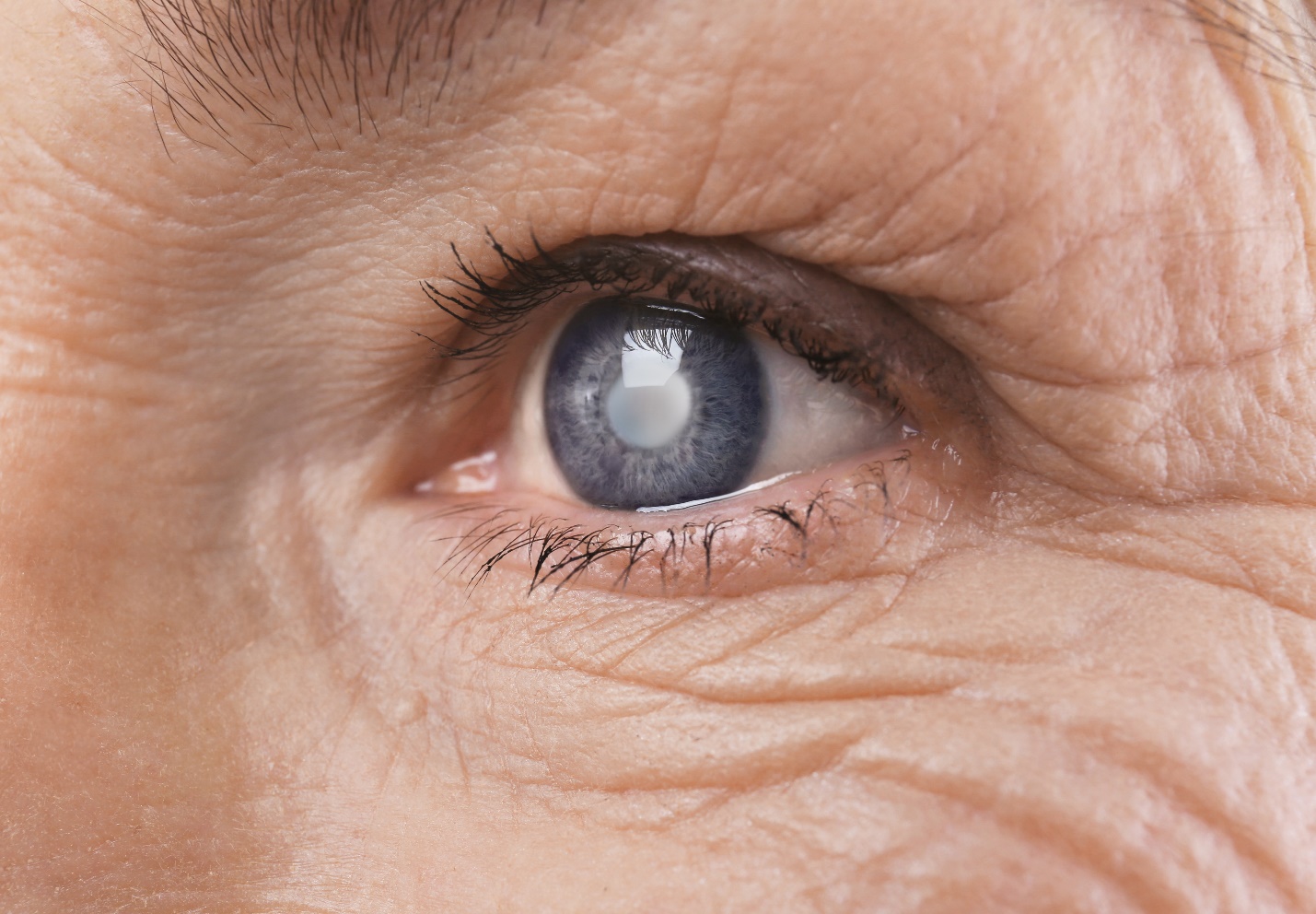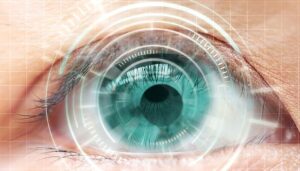Introduction
For years, laser eye surgery has helped millions ditch their glasses and see the world in stunning clarity. Yet, despite its success, countless myths still make people nervous about the procedure. From fears of blindness to concerns about long recovery times, misinformation often clouds the truth. Today, we’re setting the record straight — with expert insights that separate fact from fiction.
See more: Not Just for the Nearsighted: Hidden Benefits of Laser Eye Surgery You Never Knew
Section 1: Understanding Laser Eye Surgery
Laser eye surgery is a vision correction procedure that reshapes the cornea to improve how light enters the eye, helping you focus properly. The three most common types are:
- LASIK (Laser-Assisted In Situ Keratomileusis): The most popular form, involving a small flap on the cornea that is lifted and reshaped using a laser.
- PRK (Photorefractive Keratectomy): Ideal for people with thin corneas; instead of creating a flap, the surface of the cornea is reshaped directly.
- SMILE (Small Incision Lenticule Extraction): A minimally invasive procedure that removes a tiny piece of corneal tissue through a small incision.
These surgeries are typically suitable for adults over 18 years old with stable vision and no major eye diseases. The goal is clear — to help patients achieve long-term vision improvement safely and effectively.
Section 2: The Truth Behind the Myths
Laser eye surgery has an incredible track record, but many myths persist. Let’s debunk the most common ones — with facts straight from eye specialists.
Myth 1: Laser Eye Surgery Is Painful
Fact: The idea that the procedure hurts is one of the biggest misconceptions. Surgeons use numbing drops before treatment, so patients feel little more than mild pressure or a strange sensation. The procedure is quick — usually less than 30 minutes — and discomfort is minimal.
Myth 2: You Can Go Blind
Fact: The risk of blindness from laser eye surgery is extremely rare. According to ophthalmologists, the chance is less than 1 in 5 million. The technology used today is highly precise, and most complications are minor and treatable, such as temporary dryness or light sensitivity.

Myth 3: The Effects Don’t Last
Fact: Results from LASIK, PRK, or SMILE are long-lasting. The reshaping of the cornea is permanent, and most patients enjoy stable vision for decades. Natural aging, however, may still cause near vision changes (presbyopia) after age 40–50 — unrelated to the surgery itself.
Myth 4: Recovery Takes Weeks
Fact: Most people return to normal activities within 24–48 hours! While full stabilization takes a few weeks, vision improvement is noticeable almost immediately. PRK may have a slightly longer recovery time than LASIK or SMILE, but modern care makes healing smooth and fast.
Myth 5: It’s Only for the Young
Fact: While many patients are in their 20s and 30s, laser eye surgery can benefit adults up to their 50s and 60s — depending on eye health. Doctors evaluate corneal thickness, prescription stability, and general health before recommending the best approach.
Section 3: Real Patient Experiences
Hearing from real patients can help ease worries. Here are a few true-to-life stories:
- Melissa, 29 (LASIK): “I was terrified before the surgery, but it was over before I knew it. I could see clearly the next day — no pain, just amazement.”
- Robert, 42 (PRK): “Recovery took about a week, but the results were worth every minute. My vision is sharper than ever.”
- Clara, 36 (SMILE): “I was back to work in two days! The idea of a laser near my eye scared me, but it was so quick and painless.”
- James, 50 (LASIK): “I waited too long because of myths I read online. Now, I regret not doing it sooner. My only challenge was remembering to use my eye drops.”
Each patient’s journey shows that knowledge and preparation matter more than the myths. With expert care, the results are consistently positive.
Section 4: What You Really Feel During Surgery
The fear of “feeling everything” is another common myth. In truth, the experience is surprisingly calm.
- Before: You’ll receive numbing eye drops, so pain isn’t an issue.
- During: You might feel light pressure or see flashes of light, but there’s no pain. The laser works in seconds per eye.
- After: Your eyes may feel a little dry or gritty, like a speck of dust, for a day or two — easily managed with eye drops and rest.
Doctors monitor every step, ensuring the process is safe, sterile, and comfortable.
Section 5: Benefits Beyond Vision — Confidence and Freedom
Once the myths fade, what remains are real-life benefits that go far beyond perfect sight:
- Instant clarity — Most patients see improvement within hours.
- No more glasses or contacts — Enjoy freedom during sports, swimming, and travel.
- Boosted confidence — Many patients report feeling more self-assured and comfortable in daily life.
- Long-term savings — Over time, laser eye surgery can cost less than years of glasses and contacts.
In short, laser eye surgery doesn’t just correct your vision — it enhances your lifestyle.
Conclusion
The truth is clear: Laser eye surgery is one of the safest, most effective medical procedures available today. The myths surrounding it come from outdated information and fear of the unknown. If you’re tired of blurry mornings or relying on glasses, consult a qualified ophthalmologist to see whether LASIK, PRK, or SMILE is right for you.
Seeing clearly isn’t just a dream — it’s a decision backed by science, safety, and success.



